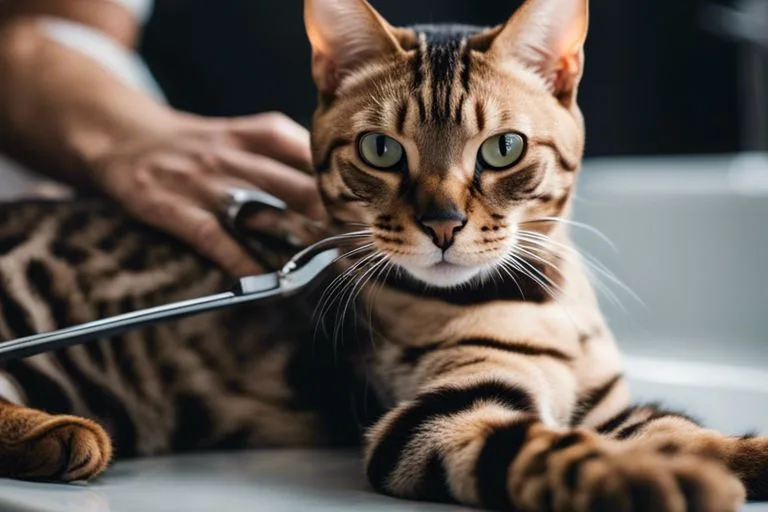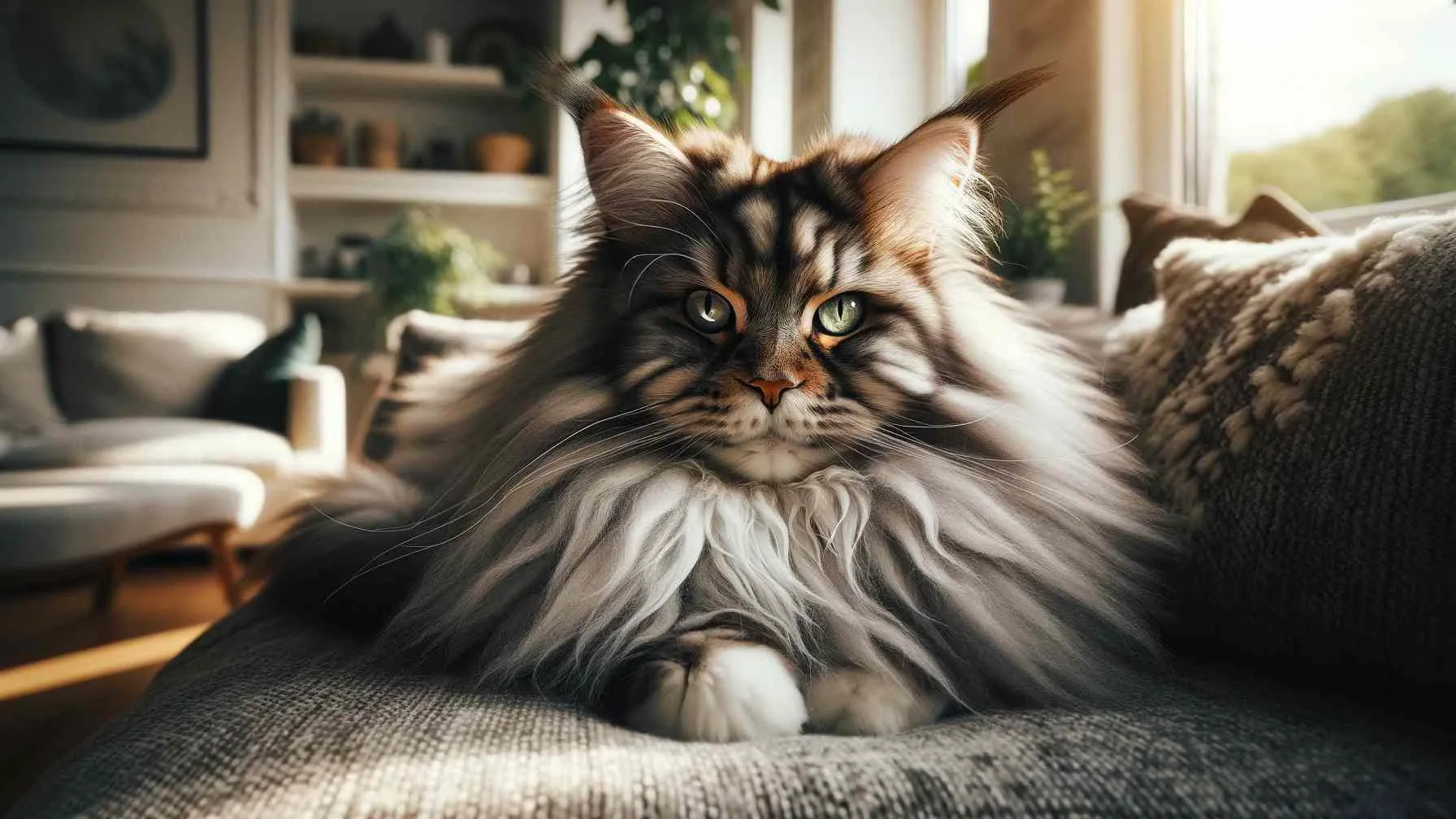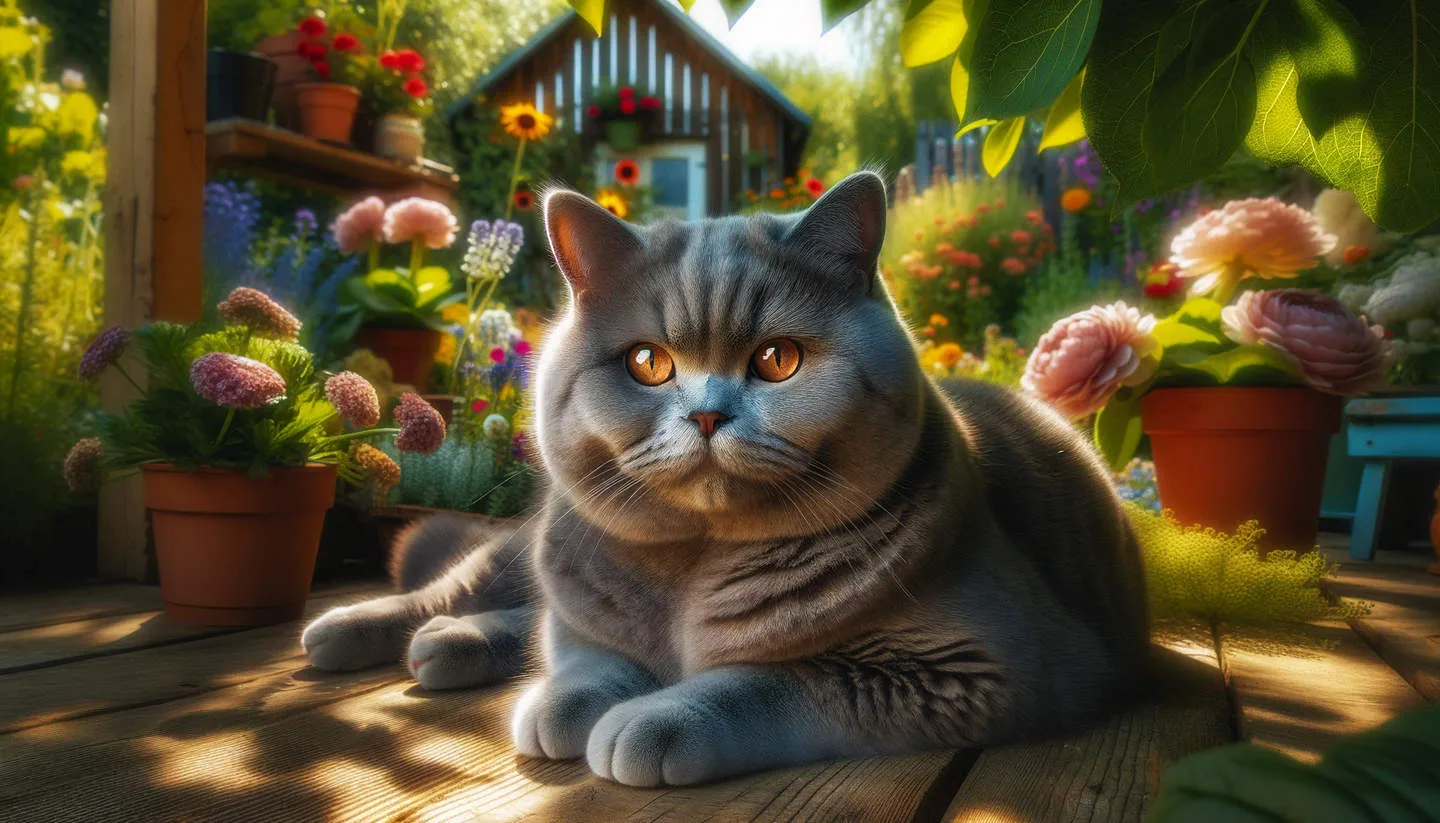Is your Bengal cat leaving a trail of fur around your house and scratching up your furniture? You’re not alone. Many Bengal cat owners struggle with the challenges of shedding and claw maintenance. It’s important to understand that regular grooming and proper claw trimming are essential for keeping your Bengal cat comfortable and your home intact. Neglecting these tasks can lead to problems such as hairballs, skin irritation, and destructive behavior. In this informative blog post, we’ll provide you with the knowledge and tips you need to effectively manage shedding and claw maintenance in your Bengal cat. You’ll learn about the factors that contribute to shedding, the best grooming tools to use, and the proper techniques for claw trimming. By the end of this post, you’ll be equipped with the tools and knowledge to keep your Bengal cat happy, healthy, and well-groomed.
Key Takeaways:
- Bengal cats require regular grooming to manage shedding: Due to their unique coat, Bengal cats need regular brushing to manage shedding. Investing in a good quality brush and setting up a regular grooming routine can help keep shedding under control.
- Claw maintenance is essential for Bengal cats: Bengal cats have a natural instinct to scratch and keeping their claws trimmed is important for their well-being and for protecting your furniture. Providing scratching posts and regular nail trimming can help manage their claws.
- Seek professional help if struggling with grooming and claw maintenance: If you are struggling to manage shedding and claw maintenance in Bengal cats, it may be beneficial to seek help from a professional groomer or veterinarian. They can provide guidance and assistance in caring for your Bengal cat’s grooming and claw care needs.
Understanding Bengal Cat Shedding
Obviously, as a Bengal cat owner, you’ve probably noticed that your cat sheds more than other breeds. Shedding is a natural process for all cats, but Bengal cats tend to shed more due to their coat type. If you’re struggling with managing the shedding of your Bengal cat, you’re not alone. It’s a common issue among Bengal cat owners. If you need help with trimming your cat’s claws, check out this resource to see how other Bengal owners have tackled this task.
Shedding Patterns in Bengal Cats
Bengal cats have a short, dense, and luxurious coat that comes in a variety of colors and patterns. They shed all year round, but you may notice an increase in shedding during the spring and fall months. This is known as seasonal shedding, and it is a natural process for cats to get rid of their old coat and make way for a new one. During this time, you may find more fur around your home and on your clothes.
Factors Influencing Bengal Cat Shedding
There are several factors that can influence the shedding of your Bengal cat. These include diet, stress levels, environmental changes, and overall health of your cat. Diet plays a significant role in the condition of your cat’s coat, so ensuring they have a high-quality diet with the right balance of nutrients can minimize shedding. Stress can also trigger shedding, so creating a calm and comfortable environment for your Bengal cat is important. Additionally, environmental changes such as temperature variations can affect shedding patterns. Your cat’s overall health is crucial in managing shedding, so regular check-ups with the vet are essential. Perceiving changes in your Bengal cat’s shedding patterns can help you identify any underlying issues that may need to be addressed.
Shedding Management Techniques
Some Bengal cats tend to shed more than others, but there are several techniques you can use to manage their shedding effectively. First, regular brushing is key. This not only helps remove loose fur, but it also stimulates the skin, promoting healthy hair growth. Additionally, it can help prevent matting, which is common in cats with longer hair. If your Bengal cat is resistant to nail trimming, you can read more about What To Do if Your Cat Won’t Let You Trim Their Nails.
Proper Grooming Practices
Regular grooming is essential for managing shedding in Bengal cats. Invest in a good quality brush designed for cat hair and make it a part of your regular grooming routine. Brushing your cat at least a few times a week can significantly reduce the amount of loose fur your cat sheds around the house. Not only does this keep your home cleaner, but it also reduces the amount of fur your cat ingests while grooming itself, which can lead to hairballs.
Diet and Nutrition for Healthy Coats
A healthy diet is crucial for maintaining a healthy coat and minimizing shedding in Bengal cats. Look for cat food that is rich in Omega-3 and Omega-6 fatty acids, as these can help improve the overall condition of your cat’s skin and coat. Additionally, make sure your cat is getting enough water. Dehydration can lead to dry, flaky skin, which can exacerbate shedding. Your cat’s diet plays a significant role in their overall health, so make sure to choose high-quality cat food that is tailored to their specific needs.
Claw Maintenance Essentials
Keep your Bengal cat’s claws in top condition with these essential tips. Regular claw maintenance is important to prevent overgrowth and potential health issues. You can read more about shedding and other essential care tips for your Bengal cat in The Ultimate Guide to Bengal Cat Shedding: What You Need to Know.
Why Claw Care is Important for Bengal Cats
Bengal cats are known for their active and playful nature, which means they need healthy claws to engage in their natural behaviors. Overgrown or ingrown claws can be painful for your cat and may lead to infections. Regular claw maintenance can help prevent such issues and ensure your Bengal remains comfortable and healthy.
Safe and Effective Claw Trimming Techniques
When it comes to trimming your Bengal cat’s claws, it’s essential to use safe and effective techniques. Be sure to use a proper pet nail clipper and have styptic powder on hand in case you accidentally cut the quick. It’s best to start the grooming process when your cat is relaxed, and make sure to trim only the sharp tips of the claws to avoid causing any pain or discomfort. If you’re unsure about how to proceed, consult your veterinarian or a professional groomer for guidance.
Additional Considerations
Now that you understand the basics of shedding and claw maintenance in Bengal cats, there are a few additional considerations to keep in mind. Aside from regular grooming and nail trimming, there are some common issues that may arise, as well as situations where seeking professional help is necessary.
Common Issues and Solutions
One common issue you may encounter with Bengal cats is excessive shedding or the development of mats in their fur. To address this, make sure you are providing a balanced diet and regular grooming to keep their coat healthy. Additionally, using a high-quality deshedding tool can help manage shedding and prevent mats from forming. If your cat continues to have issues, consult with your veterinarian for further advice.
When to Seek Professional Help
While routine grooming and nail trimming are tasks you can handle at home, there may be situations where professional help is necessary. If you notice your Bengal cat’s nails are becoming overgrown and are at risk of curling into their paw pads, it’s crucial to seek help from a veterinarian or professional groomer. Additionally, if your cat is experiencing excessive shedding, skin irritation, or any other concerning issues, it’s best to seek professional guidance to address the problem effectively.
Struggling With Shedding And Claw Maintenance In Bengal Cats?
With these considerations in mind, it is important to make sure you are regularly grooming your Bengal cat to help manage shedding and keep their claws in check. Regular brushing and use of a shedding tool can help minimize the amount of loose hair in your home. Additionally, providing your cat with appropriate scratching posts and regular nail trimming can help prevent their claws from causing damage. By staying proactive and attentive to your Bengal cat’s grooming needs, you can help alleviate the struggles associated with shedding and claw maintenance.
FAQ
Q: Why do Bengal cats shed so much?
A: Bengal cats have a unique, short, and dense coat that sheds more than other breeds. Additionally, they are known to groom themselves frequently, which can lead to more shedding. Regular grooming and brushing can help manage shedding in Bengal cats.
Q: How often should I brush my Bengal cat?
A: It is recommended to brush your Bengal cat at least once a week to help prevent matting and reduce shedding. However, during shedding seasons, such as spring and fall, more frequent brushing may be necessary.
Q: How can I minimize shedding in my Bengal cat?
A: In addition to regular brushing, providing a balanced diet, regular grooming, and a stress-free environment can help minimize shedding in Bengal cats. Keeping your cat hydrated and ensuring they have access to fresh water can also contribute to a healthy coat.
Q: How do I trim my Bengal cat’s claws?
A: Trimming a Bengal cat’s claws requires patience and caution. Use specialized cat nail clippers and only trim the very tip of the claw, being careful to avoid cutting into the quick. If you are unsure, consider consulting a professional groomer or veterinarian for guidance.
Q: Why is claw maintenance important for Bengal cats?
A: Claw maintenance is important for Bengal cats to prevent overgrowth, ingrown claws, and to protect furniture and household items from scratching. Regular claw trimming and providing appropriate scratching posts can help keep your Bengal cat’s claws healthy and reduce the risk of damage to your home.



